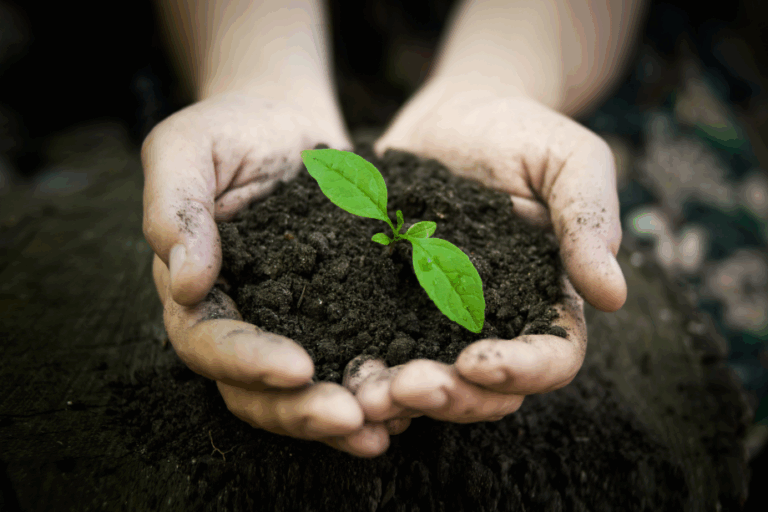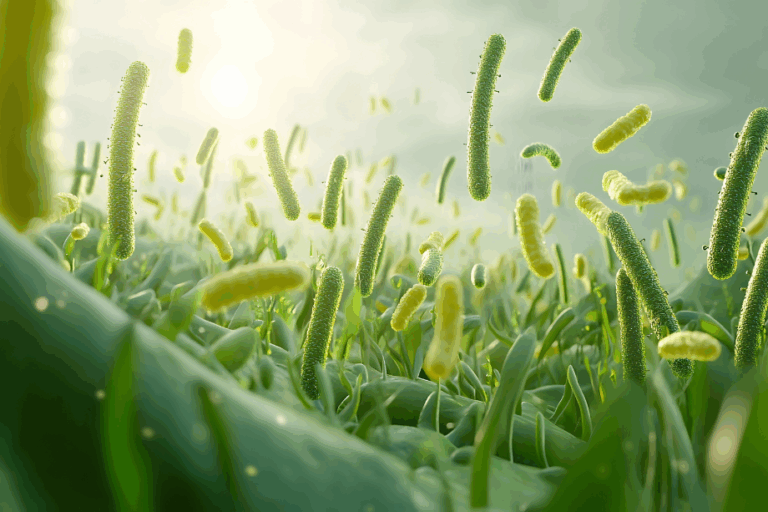Did you know that it may not be what you’re eating, but what you’re not eating that’s causing your GI distress?
Most of us embark on dietary changes by omitting the culprits we believe cause us harm. Whether it’s gluten, dairy, processed sugar, or alcohol, our main focus is usually on subtracting the “bad” from our diets, rather than adding in the “good”. Even my SAD GAS diet encourages omitting those things that most often cause bloating and inflammation – soy, artificial sweeteners, dairy, gluten, alcohol, and sugar. While this subtraction can be an important and necessary step in healing, it’s not the only step, and it may not actually be the most important change to promote gut and microbial health.
As a gastroenterologist, I’ve come to realize that in many cases, it’s not what you’re eating, but what you’re not eating that can be at the root of your symptoms. For example, the patients I see who avoid the SAD GAS foods but fail to incorporate enough high-fiber vegetables and legumes into their diet often don’t get better. While those who focus primarily on adding in more vegetables and plant-based fibers, but still indulge in a glass of wine or a cookie here and there, often do, and in fact, are more successful in making lasting dietary changes that promote long-term health.
It’s the absence of nourishing food rather than the presence of the not-so-good stuff that usually leads to a depleted microbiome. For most of us, eating enough asparagus and leeks, to name two examples, can balance out a slice of cake here and there. My Live Dirty, Eat Clean Diet from my book, The Microbiome Solution, emphasizes eating vegetables and plant-based foods rich in dietary fiber—the preferred food for essential gut bacteria. If we add in more good stuff, we can crowd out the less helpful foods, even if we don’t eliminate them altogether.







